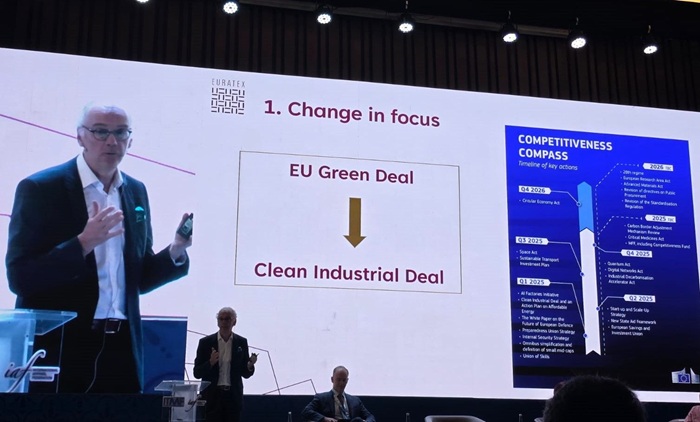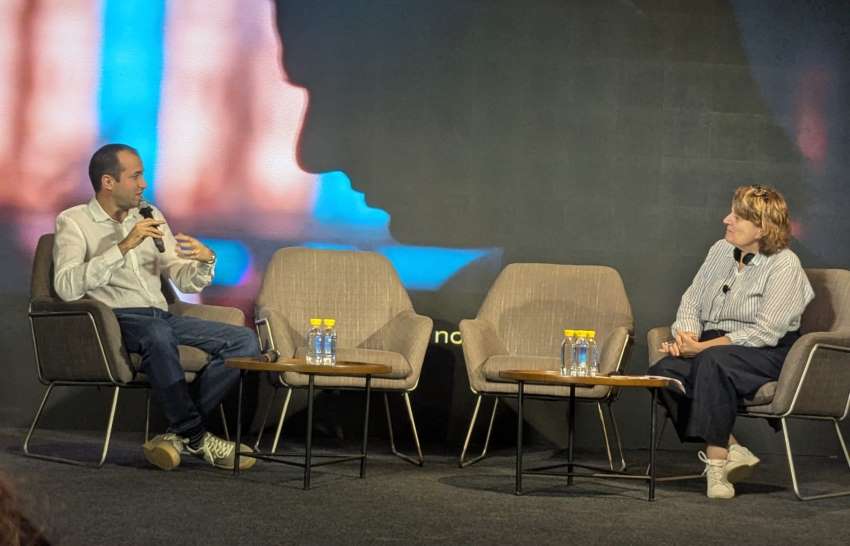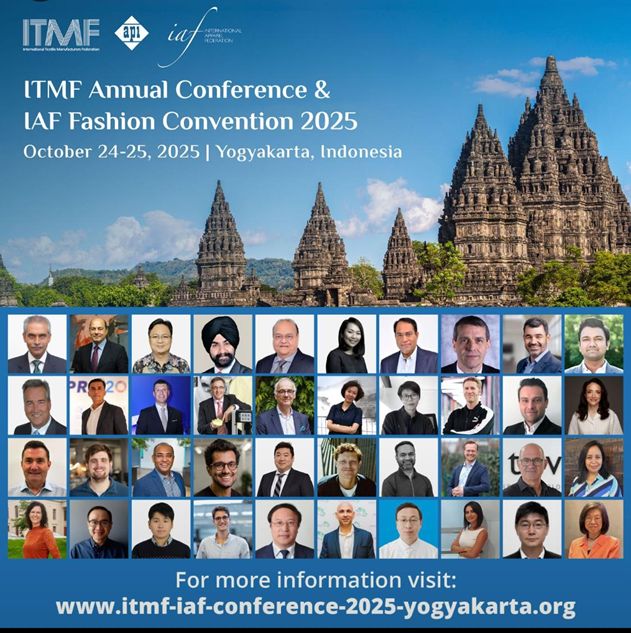Europeans are buying and discarding more textiles than ever, says a new report by the European Environment Agency (EEA) highlighting the urgent need to shift away from fast fashion towards more sustainable practices.
As per this report, the average EU citizen increased their average textiles purchase from 17 kg in 2019 to 19 kg in 2022. This contributes to substantial environmental impacts, including increased material, water, and land use, greenhouse gas emissions, and chemical and microplastic pollution, the report says.
To mitigate these impacts, the EU's textile strategy promotes a circular economy, encouraging the production of durable, high-quality textiles that can be reused, repaired, and recycled. The EEA's Circularity Metrics Lab is tracking progress towards these goals.
The rise in online shopping, social media influence, and low-cost synthetic textile production has fueled the growth of fast fashion. While digital technologies like 3D printing offer potential for reducing waste, they also risk increasing consumption by lowering production costs.
Textile consumption ranks fifth among European household consumption categories in terms of environmental impact, measured by raw material use, greenhouse gas emissions, and water and land use.
In 2022, EU member states generated 6.94 million tons of textile waste, or 16 kg per person. Despite a slight increase in textile waste collection, 85 per cent of household textile waste ended up in mixed waste, contributing to landfill and incineration. The implementation of EU legislation for separate textile waste collection in 2025 is expected to improve capture rates.
Land filling of textile waste has decreased, while incineration has increased. Used textile exports have nearly tripled since 2000, reaching 1.4 million tons in 2023. Although intended for reuse or recycling, many exported textiles end up being burned or dumped in African and Asian countries.












